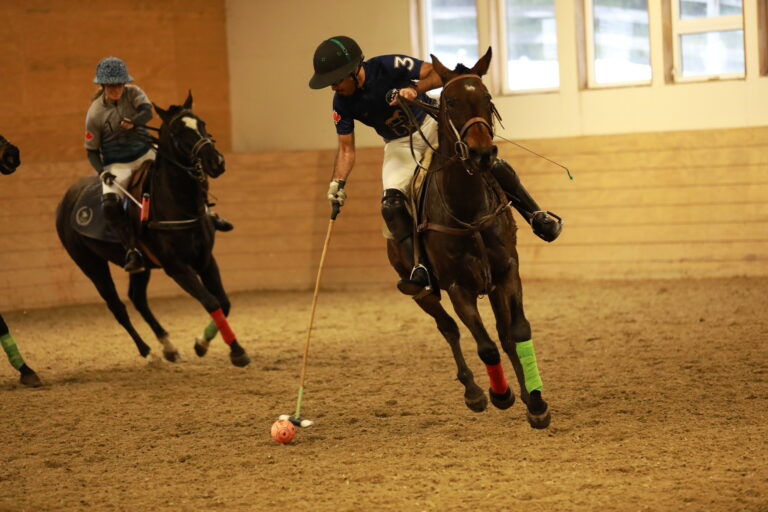Polo and horseball are two exhilarating equestrian sports that blend athleticism, strategy, and horsemanship. Whether you’re new to the world of equestrian sports or a seasoned rider looking to expand your knowledge, this guide will help you understand the rules, techniques, and unique aspects of both polo and horseball.
What is Polo?
Polo is often referred to as “the sport of kings,” and for good reason. With roots tracing back over 2,000 years, polo is a fast-paced team sport played on horseback, where riders use mallets to hit a small ball into the opposing team’s goal.
Basic Rules of Polo:
- Played in teams of four.
- The match consists of six to eight periods called “chukkers,” each lasting 7 minutes.
- Players must use their mallets to strike the ball while maneuvering their horses at high speeds.
- Physical contact is allowed, but it must follow strict safety regulations.
- The right of way and line of the ball determine which players have priority to hit the ball, ensuring safe play.
Essential Polo Techniques:
- Swing Mechanics: Mastering the four key polo shots—offside forehand, nearside forehand, offside backhand, and nearside backhand.
- Riding Skills: Strong horsemanship is essential for controlling speed, turns, and positioning on the field.
- Teamwork: Communication and strategic positioning with teammates play a vital role in securing victories.
What is Horseball?
Horseball is a lesser-known but equally thrilling equestrian sport that combines elements of basketball, rugby, and polo. Originating in France, this high-energy game involves teams of six players (four on the field at a time) passing, catching, and scoring goals with a ball that has six leather handles.
Basic Rules of Horseball:
- Teams consist of six players, with four on the field at a time.
- The ball must be passed at least three times before attempting a goal.
- Players are required to scoop up the ball without dismounting.
- Games are played in two halves, each lasting 10 minutes.
- Physical defense is allowed but must adhere to safety guidelines.
Essential Horseball Techniques:
- Ball Handling: Players must skillfully pass, catch, and retain possession while riding at high speeds.
- Pick-Up Maneuver: Riders must lean off their horses to scoop up the ball without stopping.
- Strategic Play: Team coordination is key in creating scoring opportunities while maintaining defensive strength.
Polo vs. Horseball: What Sets Them Apart?
| Feature | Polo | Horseball |
|---|---|---|
| Team Size | 4 players | 6 players (4 on the field) |
| Objective | Score goals by hitting a ball with a mallet | Score goals by throwing a ball into a hoop |
| Game Length | 6-8 chukkers (7 min each) | Two halves (10 min each) |
| Field Size | Large open grass field | Smaller enclosed arena |
| Contact Level | Moderate | Higher, similar to rugby |
Which Sport is Right for You?
If you enjoy wide-open fields, strategic play, and fast-paced action, polo may be the perfect choice. If you prefer an enclosed, high-energy game with quick passing and teamwork, horseball could be your ideal sport. Both games require strong horsemanship and provide an exhilarating experience for riders and spectators alike.
Join the Excitement at Di Rosa Polo
At Di Rosa Polo, we offer top-tier training and facilities for both polo and horseball enthusiasts. Whether you’re looking to learn the basics or refine your skills, our expert trainers can help you master the sport. Contact us today to experience the thrill of polo and horseball firsthand!
Ready to Ride? Book your session at Di Rosa Polo and start your equestrian journey today!


